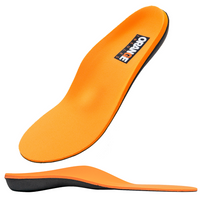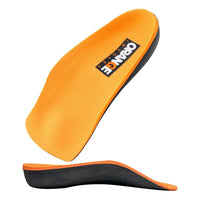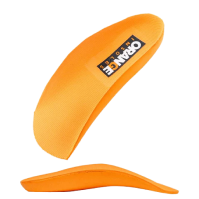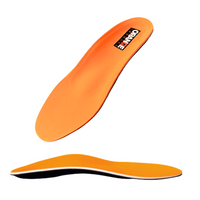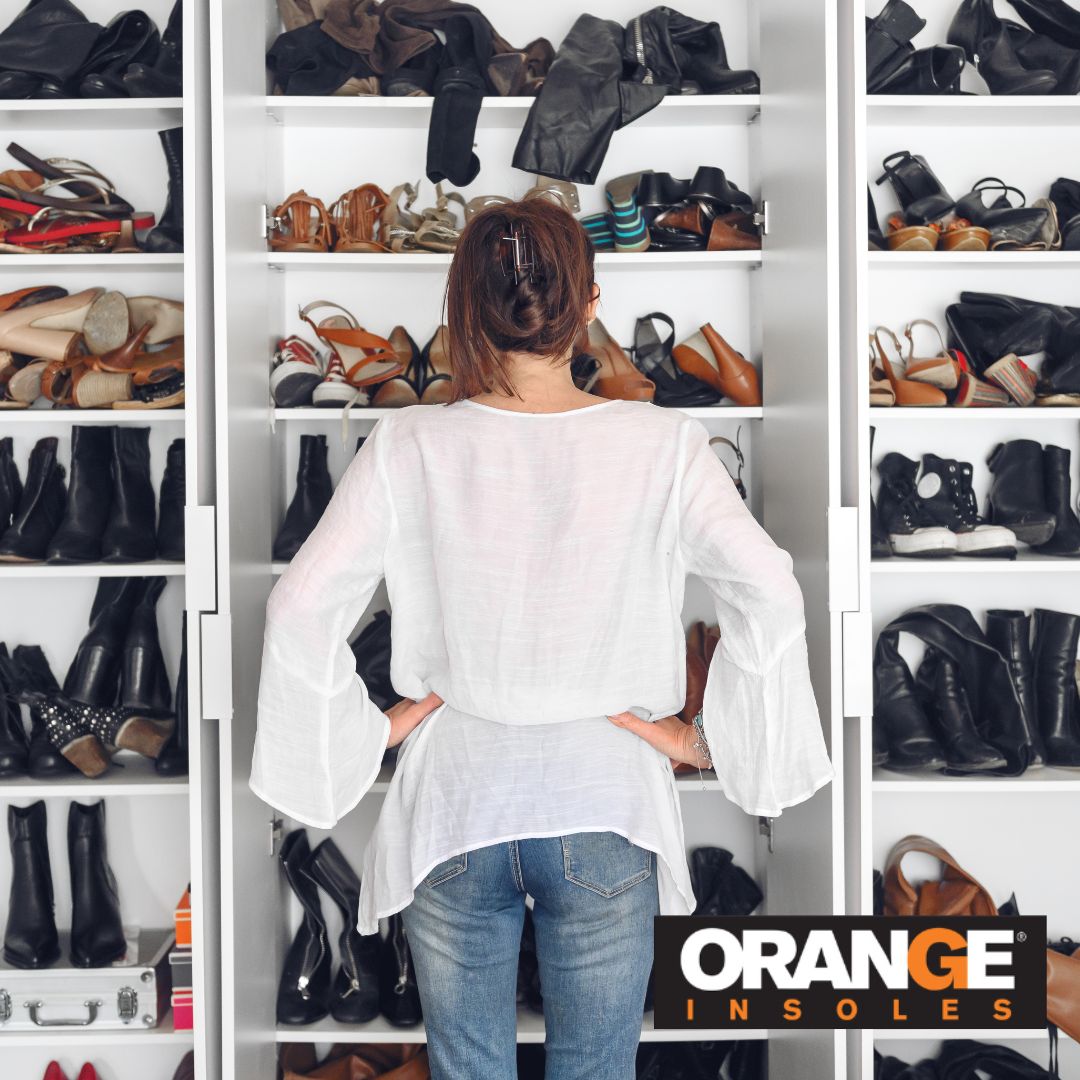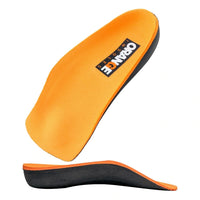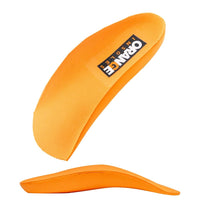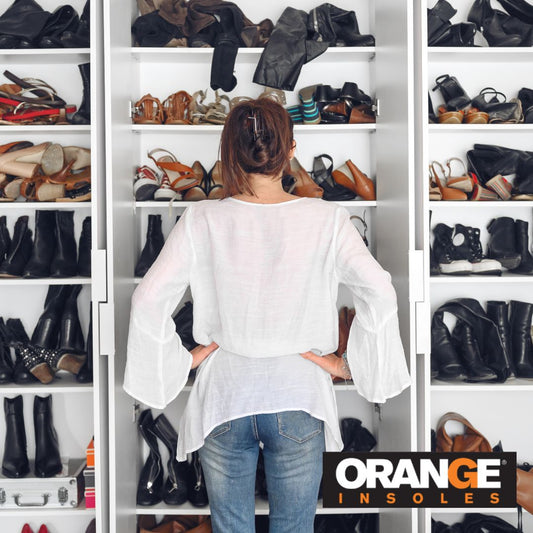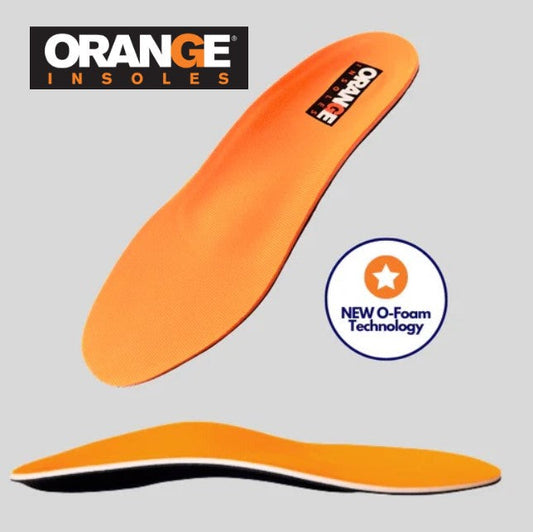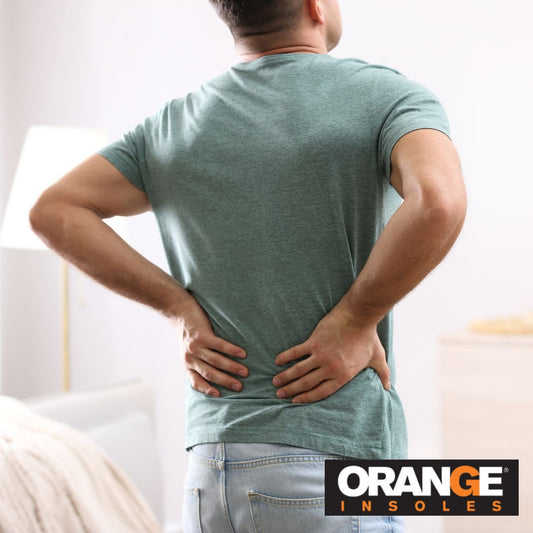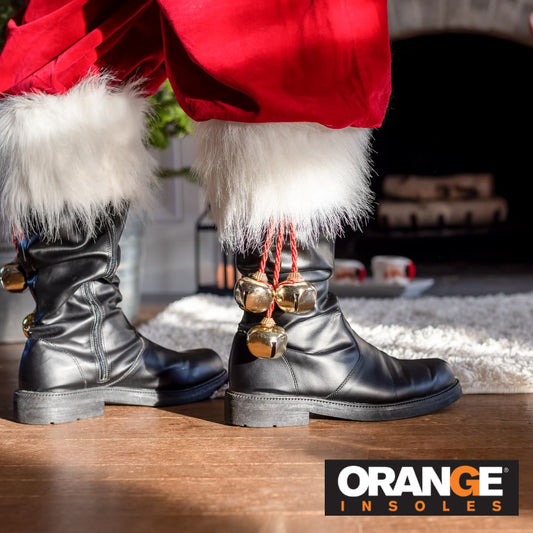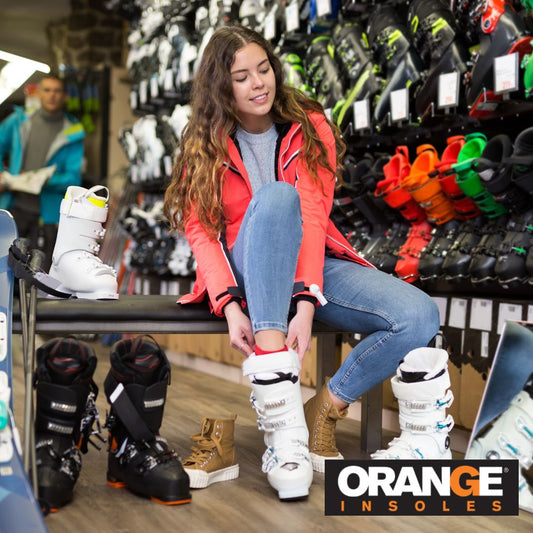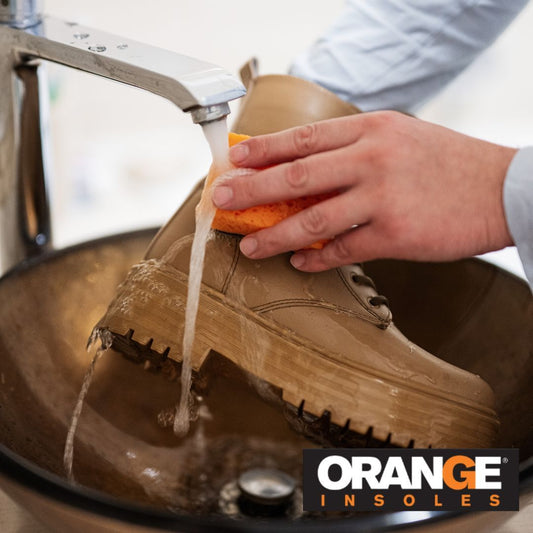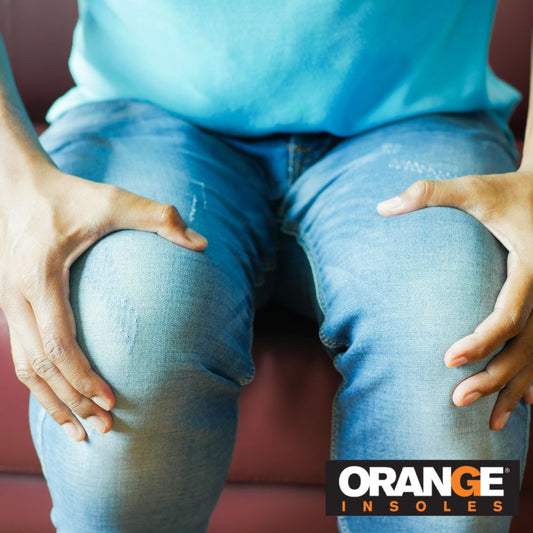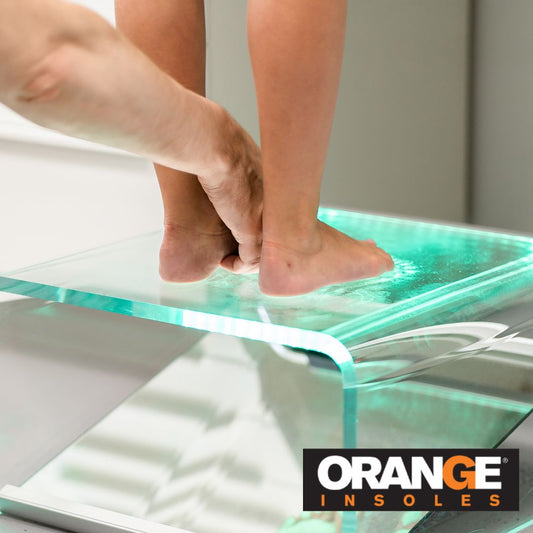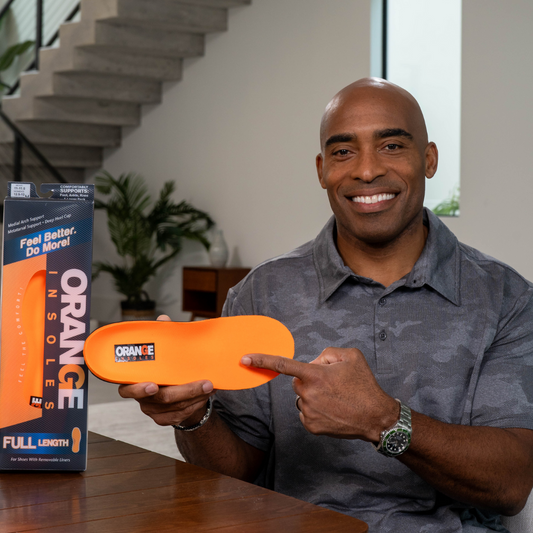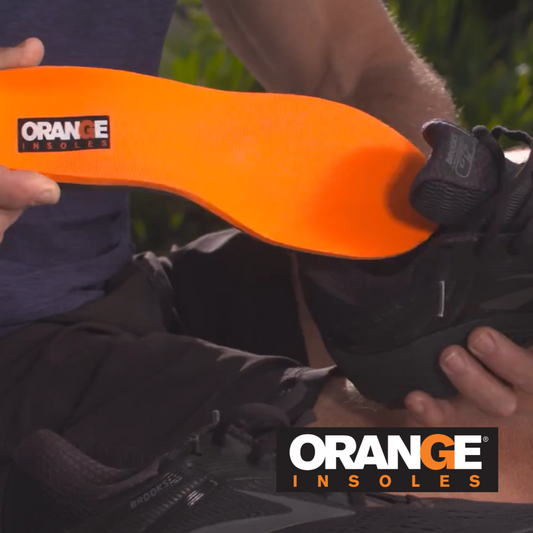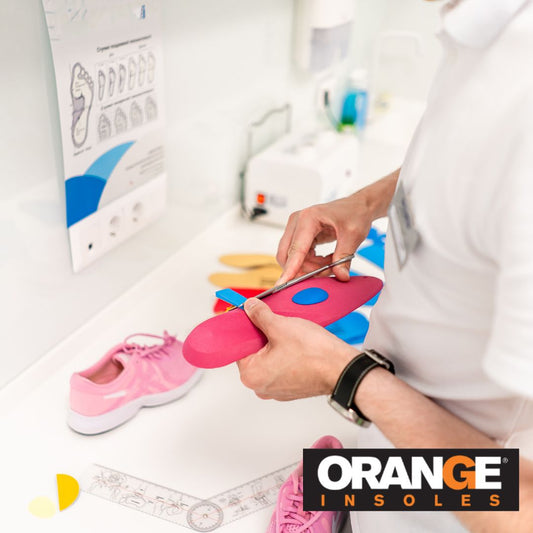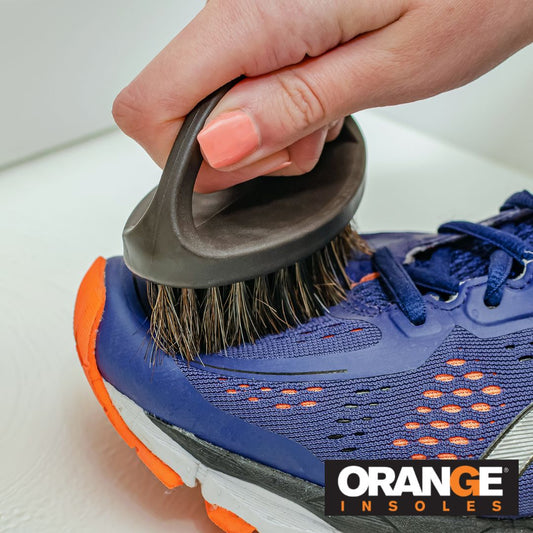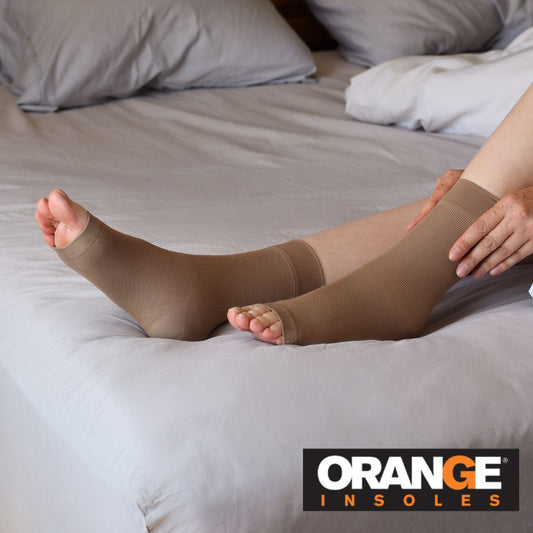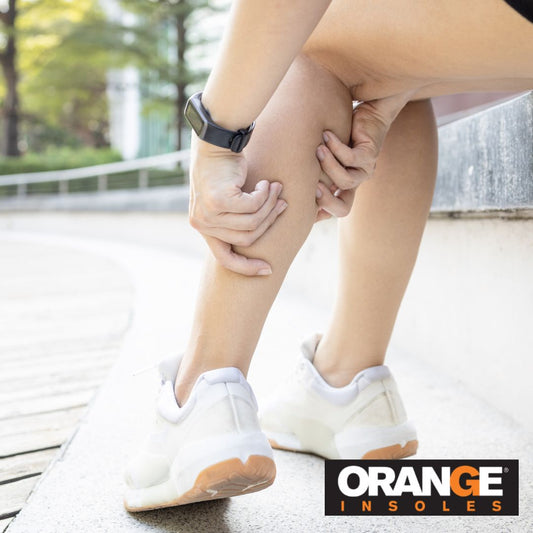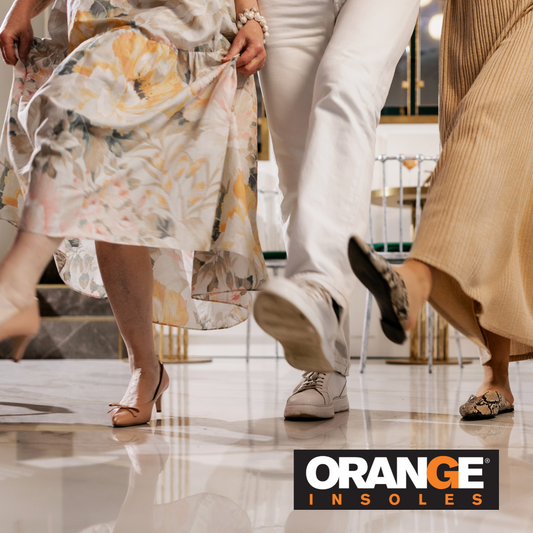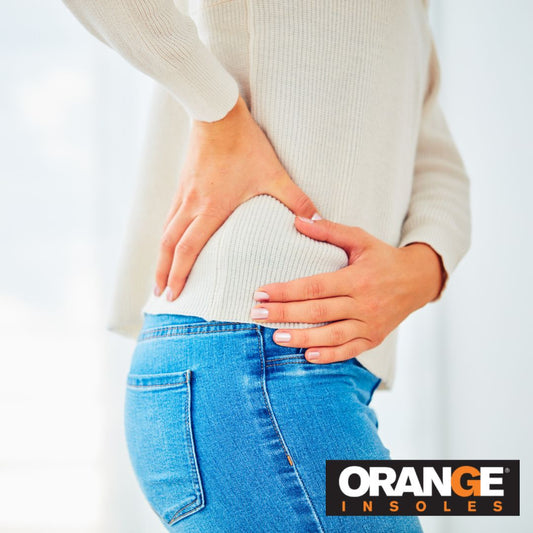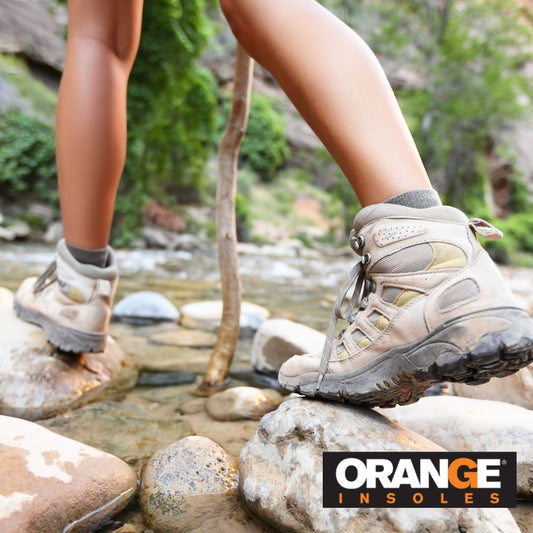You can be a runner logging miles or a healthcare worker on your feet all day, or simply someone who loves a solid pair of kicks, how you store your shoes—and their insoles—can make a world of difference. Improper storage leads to crushed toe boxes, misshapen soles, trapped odors, and shortened lifespan of both shoes and insoles. On the flip side, smart storage habits keep your footwear fresher, more supportive, and ready to roll whenever you are.
Countless viral videos have shown devoted shoe owners heartbroken as their carefully stored sneakers deteriorate—ruined by moisture, weakened adhesives, or crumbling rubber soles.
Let’s break down the best practices for storing shoes and insoles to protect your investment and your feet.
Why Proper Shoe Storage Matters
A good pair of shoes, especially when paired with a quality insole, offers structure, cushioning, and stability. But over time, improper storage can cause them to warp or degrade. You might not notice it right away, but eventually, poor shape means poor support—which leads to pain in your feet, ankles, knees, or even your back.
If you’ve invested in high-quality footwear or supportive inserts like Orange Insoles, then protecting that investment starts with how you store them.
Start Clean
It’s tempting to simply store the shoes into a shoe cabinet and forget about them until the next time you wear them. Before you even think about storing your shoes or insoles, give them a good cleaning. Dirt, sweat, and bacteria can break down materials over time and leave your shoes smelling less than fresh.
Check out “True Grime: How to Clean Your Running Shoes” for a step-by-step guide on cleaning shoes safely. And don’t forget the insoles! In this guide on how to clean your insoles, Orange Insoles recommends using mild soap and a soft brush to scrub gently, followed by air drying—never toss them in the dryer.
Pro Tip: Sometimes cleaning your shoes every single day might be too much. Make cleaning part of your routine after high-use periods like race day, gym sessions, or muddy hikes.
The Dos and Don’ts of Shoe Storage
✅ DO: Store shoes in a cool, dry place.
Moisture is the enemy of good shoes. Avoid basements or other damp areas where mold and bacteria can thrive. Instead, opt for breathable storage like open shelving or fabric shoe bags.
❌ DON’T: Store shoes in plastic boxes long-term.
Plastic containers may seem tidy, but they can trap humidity and odors unless they’re specifically ventilated. Remember those viral videos of crumbling shoes after a year in an acrylic display box?
✅ DO: Use shoe trees or stuff them with paper.
To maintain the shape of the toe box and prevent creasing, use cedar shoe trees or stuff shoes with acid-free tissue paper. This is especially helpful for leather or structured shoes.
❌ DON’T: Pile shoes on top of each other.
Crushing your kicks is a surefire way to shorten their lifespan. Give each pair its own space, especially those that are molded for foot support or contain insoles.
Rotate Your Pairs
Just like you wouldn’t wear the same shirt every day, your shoes need a break too. Rotating between pairs allows the cushioning and insoles to decompress and dry out between uses.
This advice is especially crucial for runners. According to “How to Prolong Your Running Shoes’ Lifespan”, alternating between two pairs of running shoes can extend their usability and reduce your risk of injury.
And if you're using removable insoles like Orange Insoles, this also gives them time to air out and reset between wears, maximizing their supportive properties.
What About Insoles?
Insoles are the unsung heroes of foot comfort, but they often get neglected when it comes to care and storage.
Here’s how to treat them right:
-
Remove after wear: Especially after heavy use, take the insoles out of your shoes to air them out. This prevents moisture buildup and odor.
-
Clean regularly: Use the Orange Insoles cleaning method with a soft brush and mild soap.
-
Store flat: Don’t bend or fold your insoles. Keep them in their natural shape when storing or drying. You can lay them flat in a drawer or place them on a shoe shelf.
-
Replace periodically: Even the best insoles wear down. If you notice reduced arch support or cushioning, it’s time to shop for a new pair.
Pro Storage Hacks
-
DIY Shoe Rack: A low-cost rack near your door can help keep your shoes dry and organized. Bonus: you’ll always know where your go-to pair is.
-
Dryer Sheets or Baking Soda Packs: Place one in each shoe to absorb odor and moisture during storage.
-
Label Boxes: If you have a collection of seasonal or specialty shoes stored away, label the boxes or take photos to tape on the outside. Saves time hunting.
Care for Your Feet by Caring for Your Gear
Your shoes and insoles are the front line of defense against pain, fatigue, and poor posture. Storing them properly ensures they stay supportive, clean, and comfortable for the long haul.
So next time you kick off your shoes after a long day, take a moment to store them the right way. Your future self—and your feet—will thank you.
Looking for a new pair of insoles to support your step? Browse the full line of Orange Insoles here and find your perfect fit.
